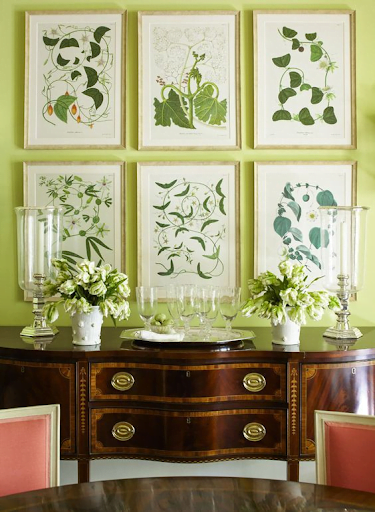In The Spotlight: Edwardian Antiques
The period which produced Edwardian Antiques is often referred to as the “Gilded Age”. It covers a brief but fascinating period in history where peace, prosperity and stability reigned. The world took a breath between the bustling industrialisation of the Victorian era, and the War to come that would change life forever. Although a relatively short era, the Edwardian period saw great changes in social reform, technological advances, fashion and of course furniture. So, today we are going to take time to spotlight the development of furniture in the Edwardian Age and learn why Edwardian Antiques are popular to this day.
The Edwardian era began in 1901 when King Edward VII ascended the throne. His mother, the indomitable Queen Victoria had reigned for 64 long years. It’s no surprise after such a lengthy reign that King Edward was keen to throw off the shackles of Victoriana. At Buckingham Palace he set about replacing many of the dark and oppressive Victorian decorative schemes with the fresh whites and gold that can still be seen today. The King was a keen follower of fashion, and these decorative schemes reflected a distinct move away from the heavy and oppressive styles of the Victorian era.
Edwardian furniture expresses a lightness that reflects this change in taste. While Victorian designs were ornate, solid and sturdy the Edwardians returned to the elegance of the late eighteenth century with Sheraton and Hepplewhite designs regaining popularity. Furniture makers in the Edwardian period reproduced these styles, often incorporating elements from other periods and on a scale to fit more modern and modest homes.
Dark colours tend to define Victorian furniture. Edwardian designers sought to reimagine the use of colour when making furniture, favouring lighter materials. Edwardian craftsmen continued to favour mahogany, but with a much lighter aesthetic, often incorporating inlays of exotic woods. The Edwardian period saw a return of this decorative addition, long abandoned by Victorians in all different kinds of furniture. This effect led to an understated design element, with different coloured wood accents. Edwardian craftsmen also applied this effect to earlier pieces, and it’s not uncommon to find Edwardian alterations to plain mahogany pieces with additions of crossbanding and satinwood inlay.
Edwardian furniture also began to experiment and make use of new materials such as bamboo and wicker. Bamboo furniture encapsulated a move away from more formal furniture styles. Although most bamboo furniture was mass-produced in Britain, it was a nod to the British Empire. Bamboo was used to create a range of furniture pieces, which are still admired for their form and function today such as side tables, hall stands and shelves.
Art Nouveau
Art Nouveau Edwardian furniture capitalised on the introduction of new materials, and often features bamboo as well as metalwork elements and inlays of semi-precious stones. The use of wicker was also introduced during this period and was often used in the production of chairs and sofas. Charles Rennie Mackintosh was one of the most notable Edwardian designers who came to be celebrated internationally for his striking and unconventional designs. Common features found throughout his designs include elongated lines of flowing feminine forms, influenced by the Pre-Raphaelites, as well as flower and leaf motifs.

Arts and Crafts
The Arts and Crafts Movement began in the Victorian era, but maintained popularity and momentum in the Edwardian era. Founded by designer William Morris among others in response to poor quality mass-production, the movement put the onus on traditional craftsmanship. This style favoured historic styles, with the likes of Richard Normal Shaw and his contemporaries drawing on Gothic Revival style as well as Old English and Queen Ann styles. To learn more about Arts and Crafts furniture click here.

Queen Anne Style
Queen Anne was a style which paired the sense of elegance and efficiency that defined the Edwardian era. It’s no surprise therefore that these styles were revived during this period. Queen Anne reproductions were common during the Edwardian era, with styles being mass produced. Mahogany chairs with cabriole legs on moulded pad feet were common, with decorative but many functional forms such as the shepherds’ crooked shaped armrests in the piece below.

Concluding Thoughts on Edwardian Antiques
In conclusion, Edwardian antiques are characterised by eclecticism that opposed the preceding Victorian designs and welcomed a free spirited freshness following the heavy and oppressive Victorian fashions. Acquiring Edwardian antiques is a sure fire way of introducing a timeless touch of elegance into your home. Here at Penderyn Antiques we offer a wide range of furniture, to shop our Edwardian Antiques click here.
To keep up to date with our latest content and news, be sure to subscribe to our newsletter. We will send the latest business updates, exclusive discounts and much more straight to your email! Also, check out our Instagram for more design inspiration!

